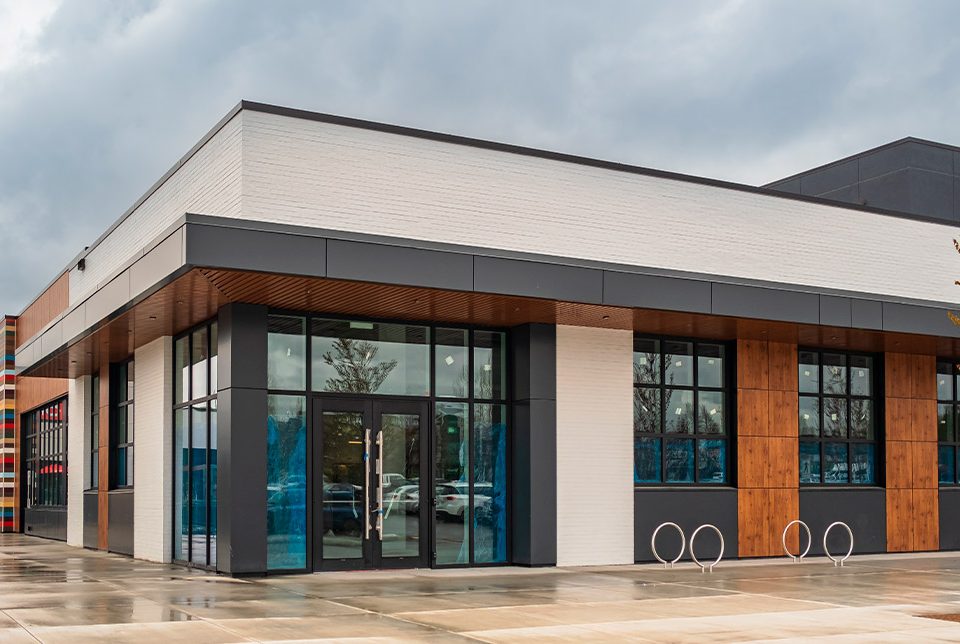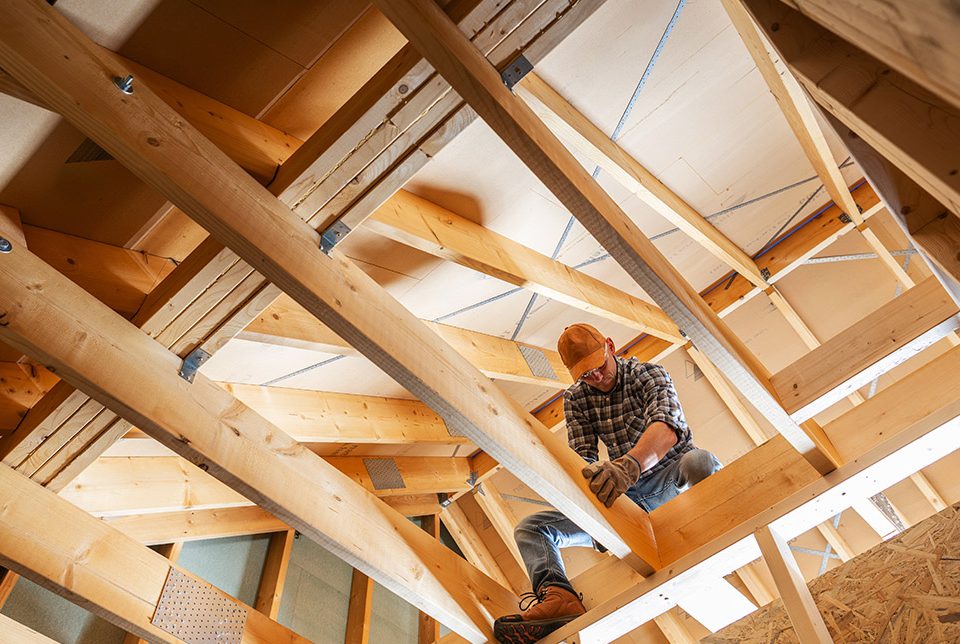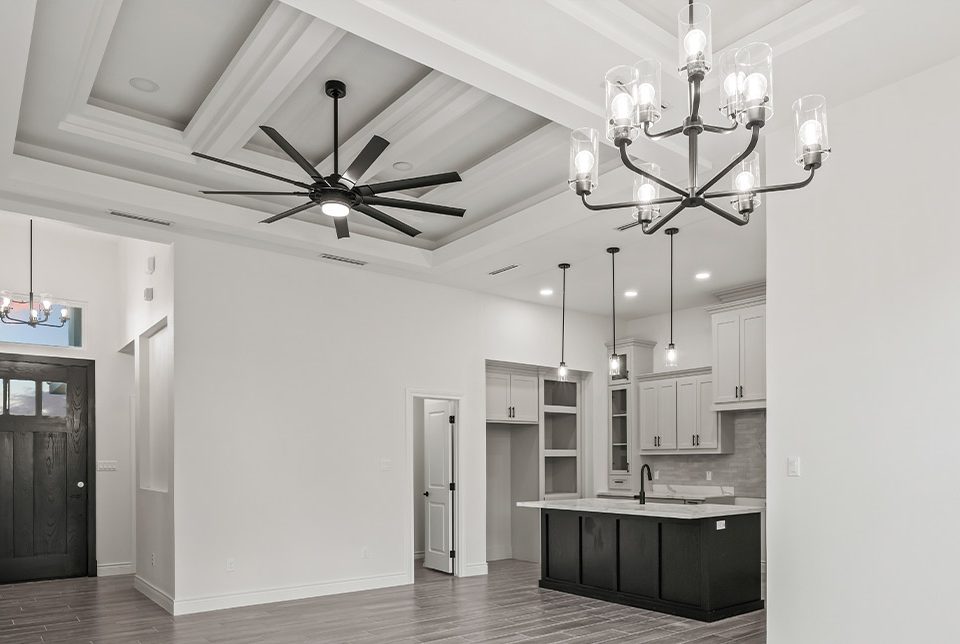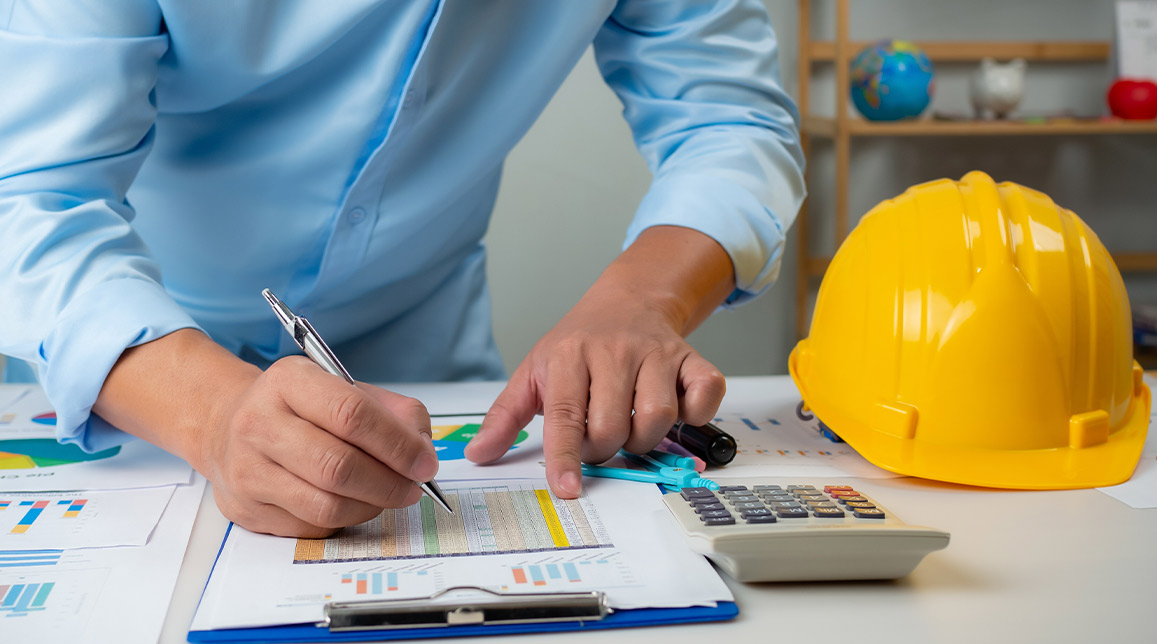
Thinking about constructing a commercial building in Texas? Buckle up—it’s a wild ride! With booming cities, a strong economy, and ever-changing market trends, Texas is a hotspot for commercial development. But before you break ground, it makes sense to understand the involved steps.
Whether you’re an investor, developer, or business owner, knowing what goes into commercial building costs in Texas can help you budget smarter and avoid nasty surprises. And let’s be real—no one likes unexpected costs throwing off their plans!
So, let’s understand what makes commercial construction in Texas tick (or cost a pretty penny).
What Drives the Cost of Commercial Construction in Texas?
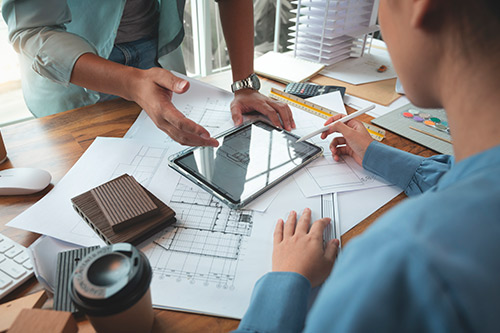
Commercial construction costs per square foot vary wildly depending on several factors, and Texas is no exception. Here’s what plays a big role:
Location, Location, Location!
Texas is massive, and costs fluctuate depending on whether you’re in the heart of Houston or a small town like Amarillo.
- Big cities = Big price tags – Dallas, Austin, and Houston have higher land costs and pricier labor due to high demand.
- Smaller towns = Potential savings – More affordable land and lower labor costs can make rural areas appealing.
- Suburban growth – The rise of mixed-use developments in suburban areas like Plano or Round Rock is creating mid-tier cost opportunities, offering a balance between urban and rural pricing.
Type of Building
Not all commercial buildings cost the same, and different industries have unique needs that impact commercial building construction costs per square foot significantly. An industrial warehouse in San Antonio will be much cheaper per square foot than a luxury office tower in downtown Austin. Still, each structure comes with its own set of requirements and associated expenses.
- Retail spaces – Moderate pricing, but tenant build-outs can be costly depending on customization needs and lease agreements.
- Office buildings – Higher costs, especially in prime business districts. Open-plan offices might be more affordable than high-end executive suites with premium finishes.
- Warehouses and industrial facilities – Generally more affordable but require special infrastructure like reinforced flooring, loading docks, and advanced ventilation.
- Mixed-use developments – Growing in popularity, these combine office, retail, and residential spaces, making cost estimations more complex but potentially more lucrative.
- Hospitality and entertainment venues – Hotels, restaurants, and event centers often demand premium materials, custom interior work, and adherence to strict zoning and safety regulations, increasing overall costs.
- Medical and research facilities – Highly specialized construction that includes compliance with health codes, advanced HVAC systems, and medical-grade materials, which can push costs significantly higher.
Market Conditions
Texas, like the rest of the country, is dealing with supply chain disruptions, inflation, and labor shortages.
- Material costs – Steel, concrete, and lumber prices have fluctuated dramatically in recent years.
- Labor shortages – A high demand for skilled workers means higher wages, adding to overall costs.
- Inflation and interest rates – Rising costs of borrowing can impact overall project feasibility and timelines.
- Climate and weather impact – Extreme heat, hurricanes, and flooding risks in coastal areas can lead to additional costs for weather-proofing structures.
Breaking Down Commercial Construction Costs
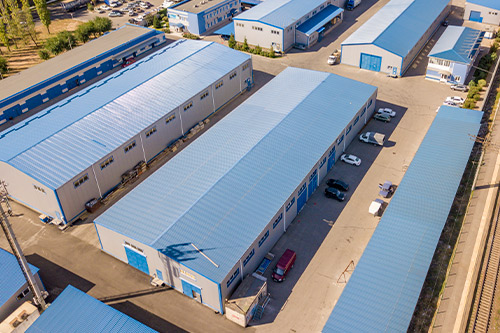
Understanding where your money is going is the next step to managing your budget. Here’s how commercial construction costs in Texas typically break down:
Hard Costs (75-85% of the Total Budget)
- Materials – Concrete, steel, glass, insulation, and other essentials. The cost depends on availability, demand, and any region-specific requirements, such as hurricane-resistant materials in coastal areas.
- Labor – Skilled workers aren’t cheap, especially in high-demand metro areas. Trades such as electricians, plumbers, and HVAC specialists command higher wages due to their expertise.
- Equipment – Cranes, bulldozers, and specialty tools all add up. Renting vs. purchasing equipment can impact costs, depending on project duration.
- Foundation and structural work – Depending on soil conditions, additional reinforcement may be needed, especially in regions with high clay content or flood-prone zones.
Soft Costs (8-12% of the Budget)
- Permits and inspections – Varies by city but can range from 0.5% to 2% of the total project cost. Special zoning requirements or environmental impact studies can drive up costs.
- Design and engineering fees – Hiring architects, engineers, and consultants isn’t cheap but is necessary for compliance and functionality.
- Legal fees and insurance – Coverage for liability, worker’s compensation, and construction defects can be costly, particularly for larger projects.
- Project management and administrative costs – Overhead for keeping the project on schedule, coordinating contractors, and handling logistics.
Operational Costs (The Long-Term Expenses)
- Utilities, maintenance, and repairs – Ongoing costs that should be factored into your investment.
- Insurance and property taxes – Bigger buildings mean bigger tax bills. Energy-efficient designs may help lower long-term costs.
- Security systems and safety compliance – Fire suppression systems, alarms, and surveillance setups add to initial and operational costs.
- Sustainability investments – LEED certification, solar panels, and water-saving features may increase upfront costs but lead to long-term savings.
By understanding these categories in detail, developers can better plan their budgets and anticipate potential financial challenges.
How Commercial Construction Price Vary Across Texas: Cost per Square Foot
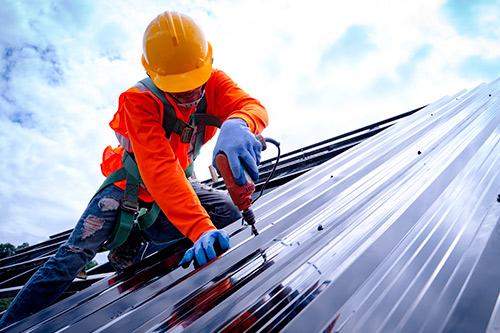
While Texas as a whole falls within the southern U.S. construction cost range of $240 to $680 per square foot, significant variations exist between different regions of the state. Depending on where you’re building, you could see vastly different price points due to factors like local labor markets, land costs, zoning regulations, and material availability. Here’s a closer look at the major metropolitan areas:
- Houston – With a thriving energy sector and a high demand for industrial and commercial buildings, Houston sees relatively high construction costs. However, expansive land availability sometimes helps keep prices in check compared to other large cities.
- Dallas-Fort Worth – As a major business and financial hub, DFW has some of the highest commercial construction costs in Texas. Office spaces, retail developments, and mixed-use projects in downtown Dallas or Fort Worth suburbs can be expensive due to land costs and demand for premium-grade buildings.
- Austin – Known as the tech capital of Texas, Austin is experiencing rapid commercial growth. With an influx of businesses and talent, construction costs have soared, particularly in downtown and high-tech corridors. Limited land availability and regulatory constraints further drive up expenses.
- San Antonio – Generally more affordable than Houston, Dallas, or Austin, San Antonio offers competitive land and labor costs. However, historic preservation rules and tourism-related zoning in some areas can add additional costs for developers.
- El Paso and West Texas – This region sees some of the lowest commercial construction costs in the state due to lower demand and ample land. However, remote locations may increase logistics costs for material transportation.
A standard office building in Dallas might cost $461 per square foot, while in Houston, it could be closer to $500+ due to additional regulations and infrastructure needs. These regional differences make location-specific budgeting a crucial part of the planning process. Conducting thorough market research and engaging with local construction experts can help navigate these variations effectively.
You may be interested in: The Real Cost of Building a Home in McAllen: An Expert Guide
Build-Out Costs: What’s the Price of Customization?
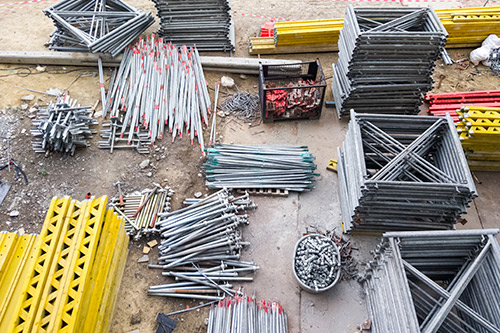
If you’re leasing or developing a commercial space, the cost of customizing the interior—also known as a “build-out”—can be significant. This process transforms a raw or existing space into a fully functional business environment tailored to the specific needs of tenants or owners.
Types of Build-Outs
- Shell build-outs – This involves finishing an empty space, including flooring, walls, ceilings, HVAC, electrical, and plumbing installations. Costs can start at $50 per square foot but vary widely based on the location and specifications.
- Tenant improvements (TI) – Custom modifications requested by tenants, such as adding partitions, specialized lighting, or branding elements. These can range from $75 to $150 per square foot, depending on complexity.
- High-end or specialized build-outs – Spaces requiring premium finishes, custom millwork, smart technology, or industry-specific installations (e.g., medical offices, tech labs) can exceed $200 per square foot.
Cost Factors
- Design complexity – More intricate layouts and custom features drive up costs.
- Regulatory compliance – Meeting building codes, ADA requirements, and industry-specific standards can add expenses.
- Materials and finishes – High-end materials (e.g., marble flooring, glass partitions) significantly impact budgets.
- MEP systems (Mechanical, Electrical, Plumbing) – One of the biggest expenses, particularly in older buildings needing upgrades.
- Construction timeline – Expedited build-outs often require premium pricing for labor and materials.
Developers and business owners should budget carefully for build-outs, negotiate lease agreements that may include tenant improvement allowances, and explore cost-effective solutions to ensure a successful commercial space transformation.
How to Keep Costs Under Control
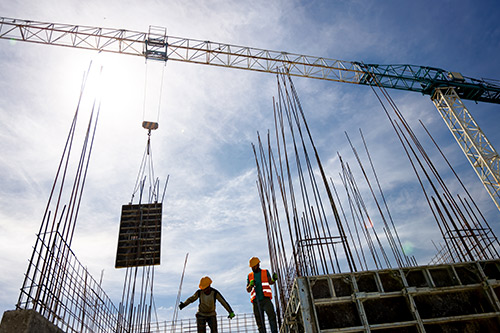
Managing your budget is necessary to make your project successful. Here are some tried-and-true strategies:
- Plan everything in detail: A well-thought-out plan minimizes unexpected costs.
- Choose the right contractors: Experienced contractors who know Texas regulations can save you money and time.
- Value engineering: A fancy term for finding ways to reduce costs without sacrificing quality. For example, using high-quality vinyl instead of real hardwood flooring can cut costs significantly.
- Phased construction: Building in stages can help manage cash flow and adjust to market changes.
- Sustainability for the win: Green building materials and energy-efficient systems might cost more upfront but save money in the long run through lower energy bills.
Watch Out for Hidden Costs!
Even the best-planned projects can face unexpected expenses. Common hidden costs include:
- Permit delays and regulatory changes – Local regulations can change unexpectedly, and delays in obtaining permits can stall your project, leading to additional holding costs.
- Soil and site issues – Poor soil conditions, unexpected underground utilities, or contamination can result in expensive foundation work or remediation efforts.
- Change orders and design modifications – Any mid-project alterations, whether due to unforeseen issues or client preferences, can significantly increase costs.
- Material price fluctuations – Global supply chain issues and local market demand can cause sudden spikes in material costs, impacting your budget.
- Weather delays – Texas is no stranger to extreme weather, from hurricanes on the coast to unpredictable storms that can slow construction progress.
- Labor shortages and wage increases – The demand for skilled workers can lead to higher wages and potential delays if labor is in short supply.
- Utility connection fees – Costs for water, sewer, electricity, and gas connections may be higher than expected, particularly in new development areas.
- Insurance and liability costs – Unexpected insurance requirements or claims can add financial strain to your project.
Smart Budget Your Commercial Building Project with Guzman Construction
Navigating commercial building costs in Texas requires smart planning, market awareness, and adaptability. With the right strategies, you can keep costs under control while still building a high-quality, profitable property.
Want to build smart in Texas — on time and within budget? Plan ahead, work with experts of Guzman Construction, and keep a close eye on your budget. Guzman Construction has the expertise, efficiency, and innovation to bring your vision to life. From planning to execution, we handle every detail with precision and professionalism.


